Wondering what are the best day trips from Budapest? With everything from grand architecture and healing hot springs, to medieval castles and atmospheric ‘ruin pubs’, Budapest can justly claim to be one of Europe’s prettiest cities.
The city’s enviable location on the banks of the Danube river, along with its central position, make Budapest the perfect base to explore everything the country has to offer. And Hungary’s compact size means that you can explore almost any corner of the country in just a day.
Day trips from Budapest
Whether you’re interested in art or architecture, wine or world heritage sites, these destinations beyond Budapest are well worth a visit, and can easily be reached by car, bus, train or boat. When we decide where to stay in Budapest, make sure you pick a location close to the centre on the Pest side, so you can get to the train station with ease. Although there are plenty of amazing day trips from Budapest, we also recommend that you enjoy a 3 day Budapest itinerary so you can enjoy the Hungarian capital too.
During your time in the country, we absolutely recommend that you indulge in as much Hungarian food as possible. For a special celebration, you can try the Onyx Restaurant. You won’t regret it.
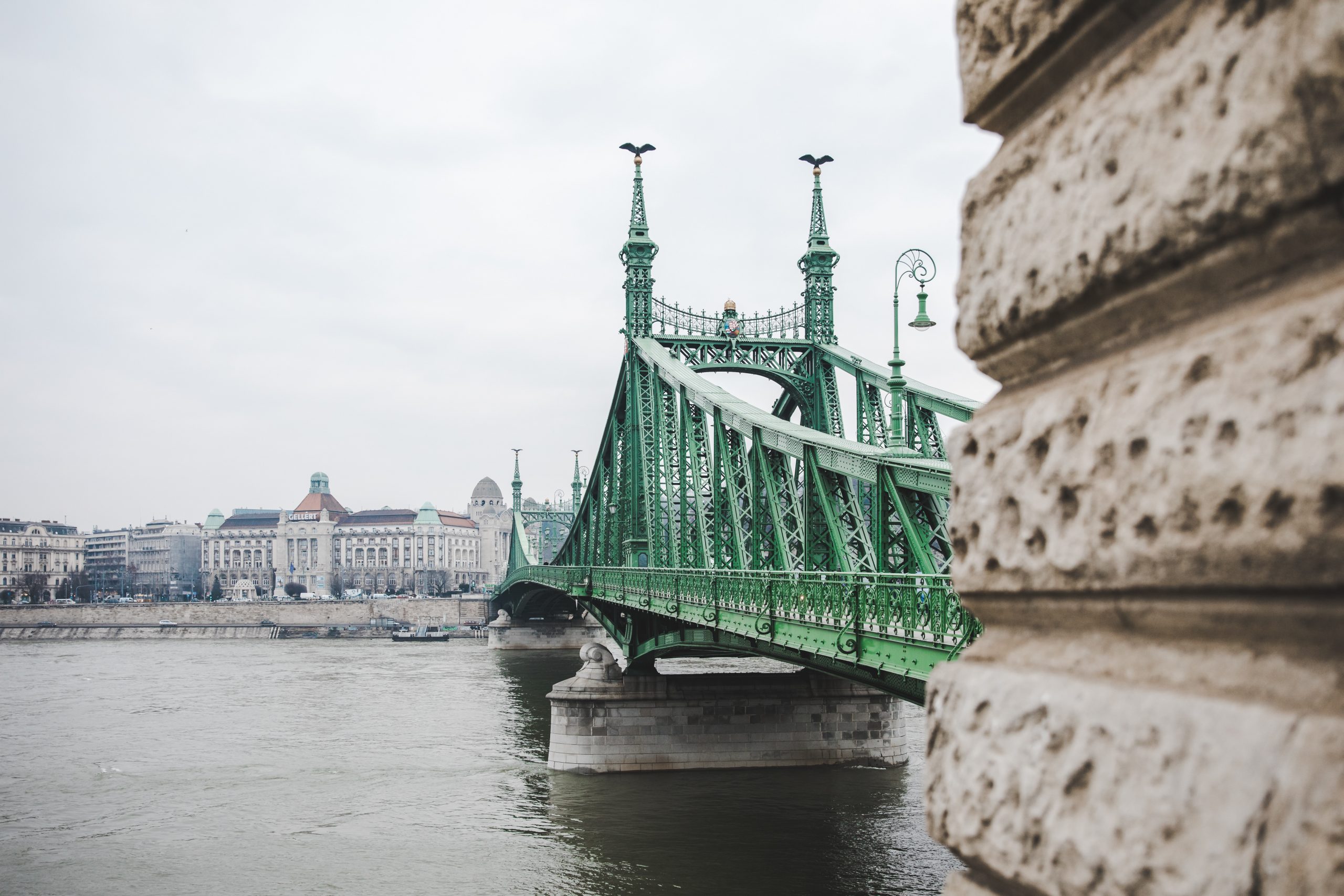
The Danube and Vác
The Danube is the second largest stretch of the river, outdone only by the ‘Kazan Gorge’ in Romania. The most beautiful stretch of the river is the Danube bend, characterised by its peaks and picturesque towns.
Set on the eastern bank of the Danube, below the bend where the river changes course and flows south, lies Vác – one of Hungary’s oldest and lesser-known towns. With its colourful baroque houses and romantic squares, it’s the perfect setting for a relaxing day trip. Don’t miss the impressive Dominican Church, set in the quaint main square (Marcius Ter), the baroque Town Hall, and the 250-year old Triumphal Arch erected in 1765 for the royal visit of Empress Maria Theresa. It’s also worth renting a bike here: the banks of the Danube, between Vác and Szob, provide one of the most beautiful cycling routes in Hungary.
A 40-minute train from Nyugati Railway station in Budapest will bring you to Vác, or alternatively, savour the scenery on a Danube river cruise. Vác is one of the four Danube Bend towns. Szentendre, Esztergom and Visegrád, the more famous cities in the Danube Bend, are often toured together because of their proximity.
Szentendre
As you meander through the narrow cobbled Streets, marvelling at baroque churches and colourful houses, you’ll understand why the riverside town of Szentendre is Budapest’s most popular day trip destination. The main square, Fő tér, is the bustling heart of Szentendre where the imposing Orthodox Blagoveštenska Church towers over everything. Take some time to browse the museums, galleries and boutiques lining the alleys stretching out from the square, before checking out the open-air museum where you can learn about the history of Hungarian life. Also, don’t miss the small tunnel from Fő tér, which leads to the Váralja steps and a shady square that’s home to the beautiful Catholic St John the Baptist Church.
Conveniently located 20 kilometres from the centre of Budapest, Szentendre is easy to reach by ferry, train, bus, car and, if you’re feeling ambitious, bicycle. Take the HEV 5 commuter train from Budapest or catch the local bus from Újpest-Városkapu train station.
Debrecen
Hungary’s second-largest city is a somewhat paradox where you’ll find a wild mix of old and new. The golden Calvinist Great Church towers over the main square, Kossuth Ter, luring visitors with its flowing fountains, historic statues, countless terraces, and a string of bars and restaurants. With more than 200 years of history inside its walls, the castle is well worth taking the time to explore. Climb the 210 steps to the top of the west tower and you’ll be rewarded with spectacular vistas over the city. When your legs need a rest, head to one of the city’s many thermal spas – each of which is said to have a special healing quality. If you have more than a day, be sure to explore the Great Plains of Hortobágy national park– just a 35-minute drive from Debrecen.
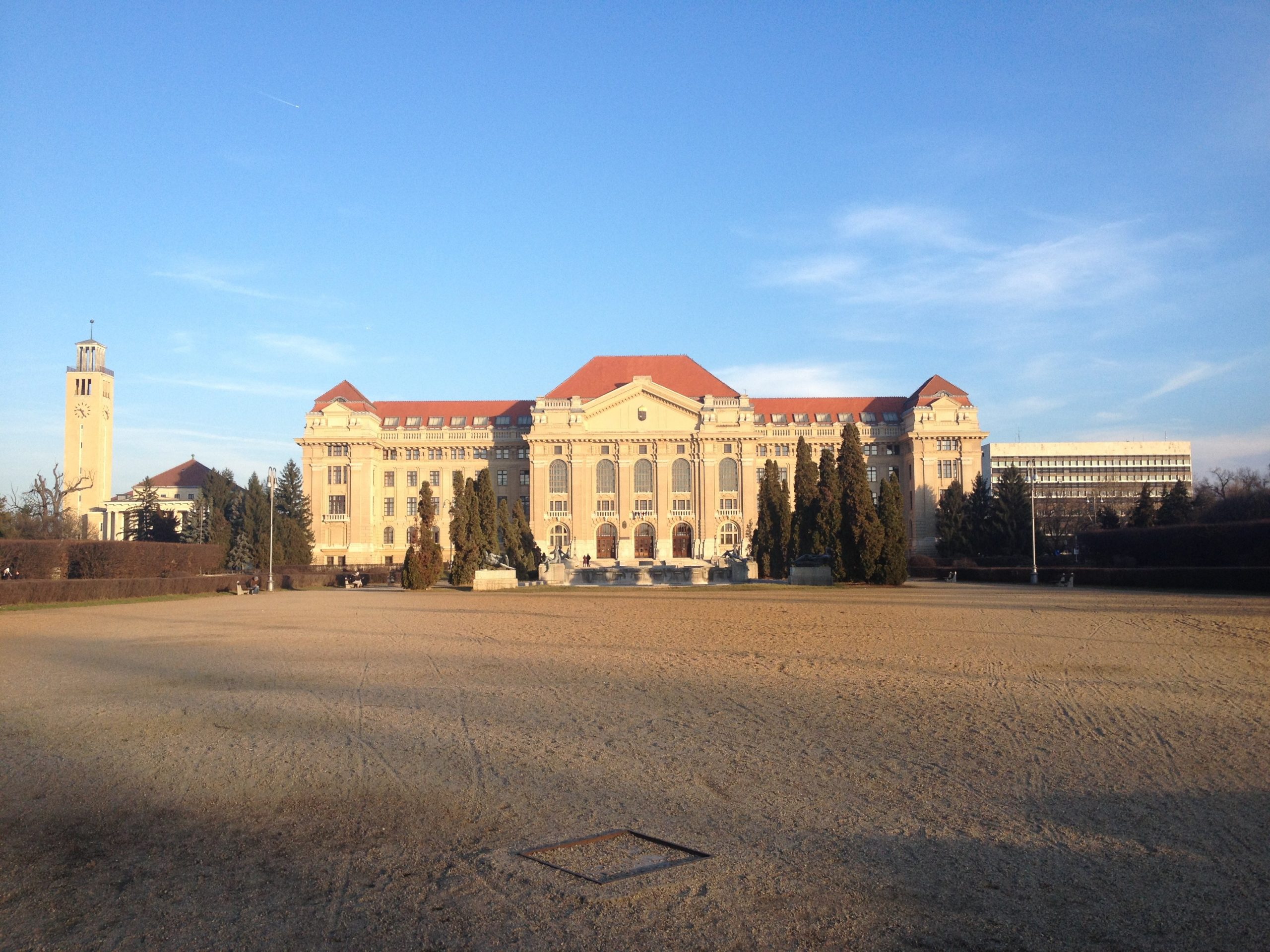
Hortobágy National Park
If you are looking to spend some time away from the hustle and bustle of Budapest, Hortobágy National Park is just the ticket. A UNESCO World Heritage Site, and Hungary’s first national park, Hortobágy is considered to be one of the most iconic representations of “plain life.” Encompassing more than 300 square miles, Hortobágy is the largest continuous natural grassland in Europe and is home to some 340 species of birds. The nine-hope bridge is the longest bridge in Europe and has been the inspiration for artists for centuries. Be sure to visit the Shepard Museum, offering a glimpse into the livelihood of the herdsman. Those who want to get closer to nature should take the Tisza Lake Water and Nature Trail that connects the two islands.
Hajdúszoboszló
A mere half-hour drive from Debrecen, located in the north-eastern part of the Great Hungarian Plain, lies Europe’s largest spa complex and the perfect place for travellers longing for rest and recuperation. At its centre, its huge spa complex features mineral baths with themes ranging from Ancient Rome to tropical island, as well as an open-air pool and an action-packed aqua park. With over 40 water-based treatments, claiming to cure anything from arthritis to sports injuries, you can soak up your stresses and leave feeling brand new. The spa is open year-round and entrance fees vary depending on what areas you choose to access. Aside from the thermal spas, museums, historical sights and year-round events, including food festivals and music concerts, will keep you busy during your day trip to Hajdúszoboszló.
Tihany
Jutting out into the middle of Lake Balaton lies the rocky Tihany peninsula – a nature reserve of marshy meadows and lavender fields that offer peace and tranquillity in spades. Perched on the plateau, the UNESCO listed Tihany Village is rich indigenous folk culture. Overlooking the village, the Benedictine Abbey Church is one of Hungary’s most impressive baroque monuments. This twin-spired, ochre-coloured church is renowned for its 11th-century crypt and the is the burial place of King Andrew I.
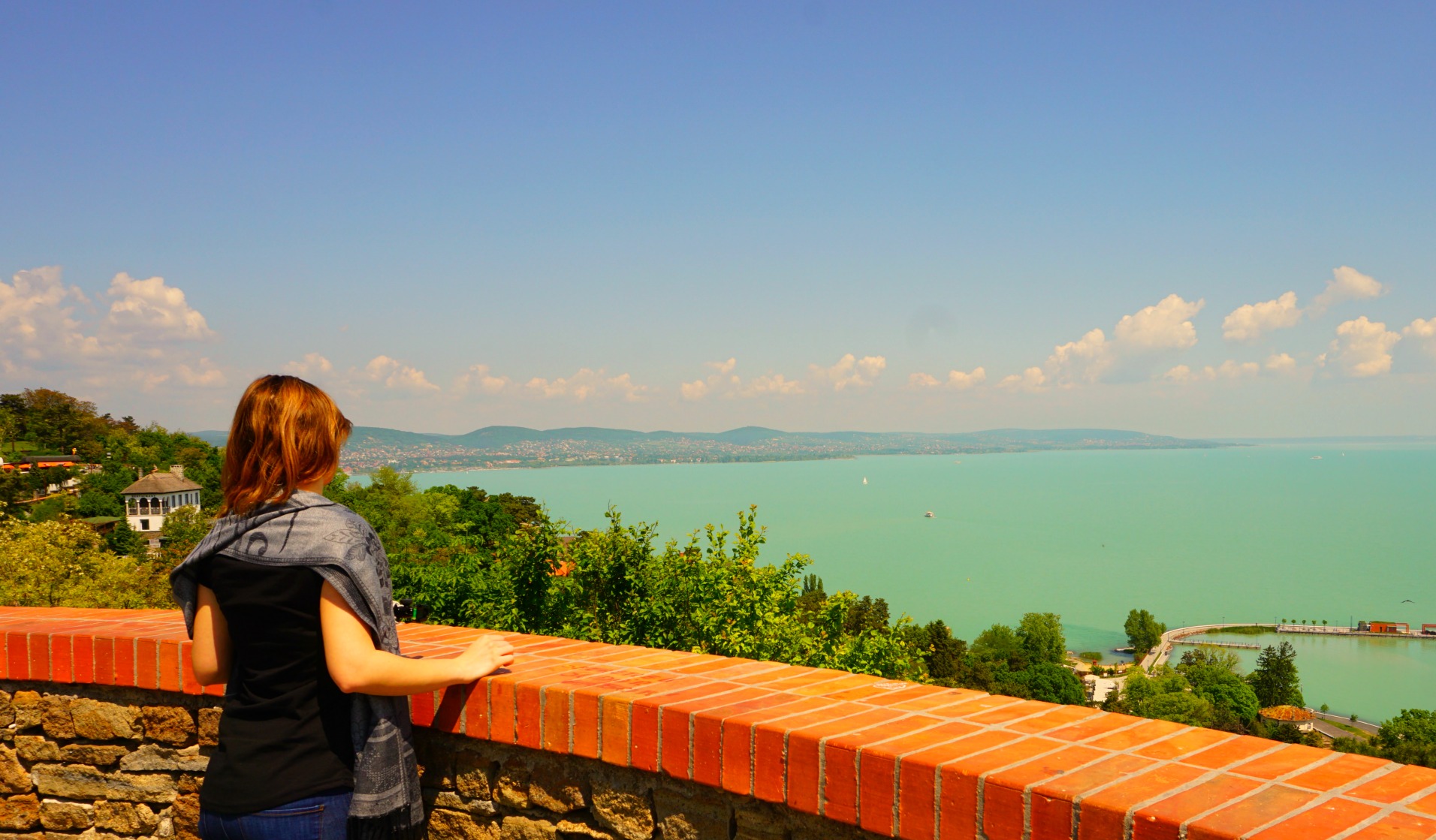
Esztergom
Located 30 minutes northwest of Budapest, Esztergom is a picturesque town packed with historical sights. Perched high above the town and the Danube river, the Esztergom Basilica is a sight to behold. With a dome reaching over 230ft, it’s the largest Basilica in all of Central Europe, and a sight that will stay with you throughout your entire trip. And the interior is no less impressive. Basic entrance is free, but you won’t regret paying the extra to climb the spiral staircase to the top. Below the castle, the charming townhouses and winding walkways of the Víziváros neighbourhood make it the perfect place for an afternoon stroll. While you’re in the area, be sure to check out the Museum of Christian Art and the Cathedral Library.
To get there, take the train from Budapest, which takes around an hour and a half, but the most scenic way to travel to Esztergom is by boat.
Tokaj Wine Region
Nestled at the foothills of the Zemplén Mountains, the famous Tokaj wine region stretches across 30 villages and towns. Here, you can spend your day(s) stopping at local wineries, sampling some of Hungary’s most beloved sweet wine varietals in dimly lit cellars cut from volcanic rock. The region has a unique microclimate that allows the wine to develop a distinctive taste – a taste highly praised by Louis XIV, who declared the varietals “wine of kings, king of wines.” And you won’t have to worry about sampling the wine on an empty stomach thanks to the region’s gourmet restaurants, wine pairings and local artisan foods. There are also plenty of medieval castles, chateau, nature trails and boat tours to explore right across the region.
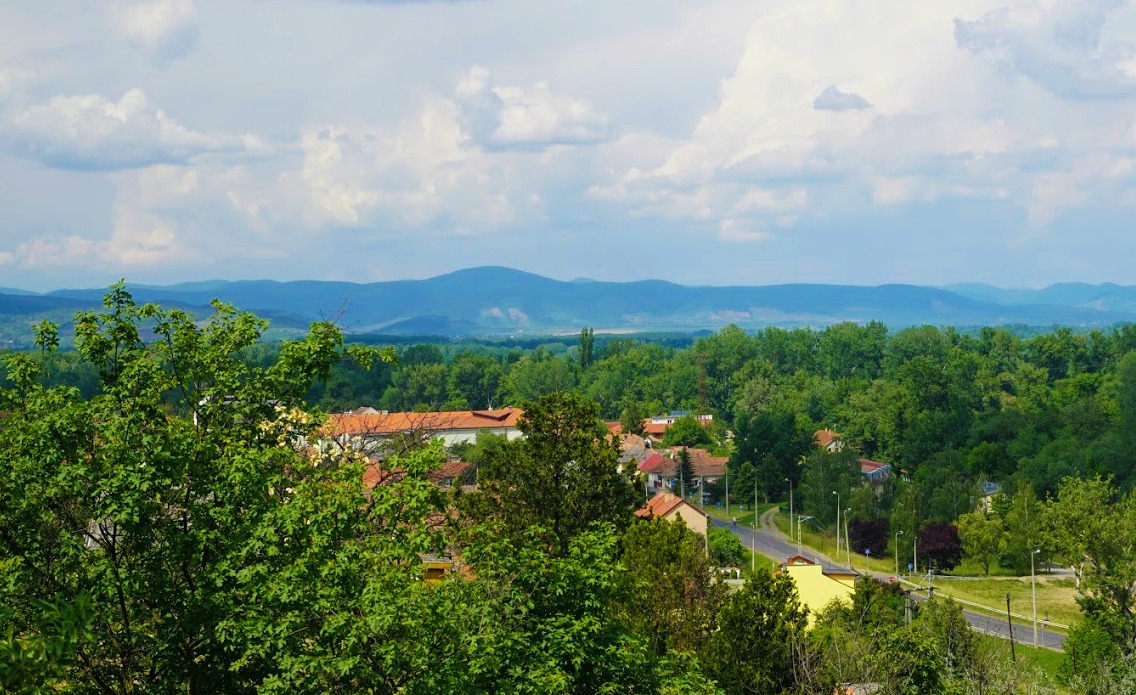
Balaton Lake
Hungary is one of the few European countries to be deprived of its own coastline, but that doesn’t stop it from being a beach destination. Lake Balaton, the largest lake in Central Europe, is the country’s own inland sea where locals flock to sunbathe, swim and sail during the summer months. Young travellers head straight for the shores of Siofok, located on the southern banks of the Lake – famous for its vibey nightlife and beach parties. If that’s not your scene, Lake Balaton has an enviable network of nature trails and is also home to one of the country’s biggest castles.
The region’s scenic backdrop filled with lavender fields, farms and vineyards, serves as a mecca for food and wine lovers. In fact, Balaton Lake has become one of Hungary’s most exciting gourmet regions with a new wave of restaurants honing in on local ingredients. Be sure to sample the traditional Hungarian dish, langos (fried bread topped with sour cream and cheese) washed down with a refreshing glass of “froccs” (wine spritzer). The easiest and most convenient way to get to Balaton Lake is by car.
Eger
Just two hours north of Budapest, at the foothills of the Bükk Mountains lies the castle town of Eger, known for its Turkish influence and its exquisite wine. The region’s winemaking traditions date back almost 1000 years with some cellars over 400 years old. In fact, the town has a fascinating network of underground cellars, most of them carved from solid tufa rock. Spend some time strolling from cellar to cellar in the Valley of Beautiful Women, tasting the celebrated ‘Bull’s Blood’ varietal, which takes its name from a 16th Century legend.
Once you’ve sipped and swirled your way around the wineries, discover the bloody history of Turkish occupation atop the baroque castle or soak in the mineral-rich waters of the region’s Turkish baths. Located in Eszterházy Square, the Colossal Basilica is one of the largest churches in Hungary and a highlight of the town’s impressive architecture. The easiest way to get to Eger is by car, which takes about one and a half hours.
Aggtelek National Park and the Baradla Cave
It’s a bit of a longer journey—almost three hours by car from Budapest—but it’s worth the early start to visit the country’s most spectacular underground caves. Aggtelek National Park was established in 1985 to protect the rich natural and cultural heritage in the region, including its 700+ cave system, which it shares with Slovak Karst National Park in Slovakia. The caves are so unique that both countries later declared them a UNESCO World Heritage Site.
One of the most endearing treasures of the National Park is the Baradla Cave system, which is the biggest and the most magnificent cave in Hungary. The cavern’s stalactite mineral formations (hanging from the cave’s ceiling) and stalagmite formations (rising from the floor) are truly spectacular. This amazing underground world can be explored during a one-hour tour or a half-day tour for more adventurous travellers, with Aggtelek’s six caves open to the public. Above ground, visitors can enjoy the miles of hiking and biking trails or saddle up on a horseback ride.
Keszthely
Perched on the western shores of Lake Balaton, the university town of Keszthely is far removed from the tourist hotspots of the lake. The town’s main attraction is the strikingly white Festetics Palace, one of the country’s finest aristocratic mansions, which stands in gorgeous grounds on the outskirts of town. Eighteen of the 101 rooms are now a part of the Helikon Palace Museum, which also features the fabulous Helikon Library, holding an impressive 100,000 books. Back in the town, the charming streets are lined with museums, pretty townhouses and eateries serving up traditional Hungarian dishes.
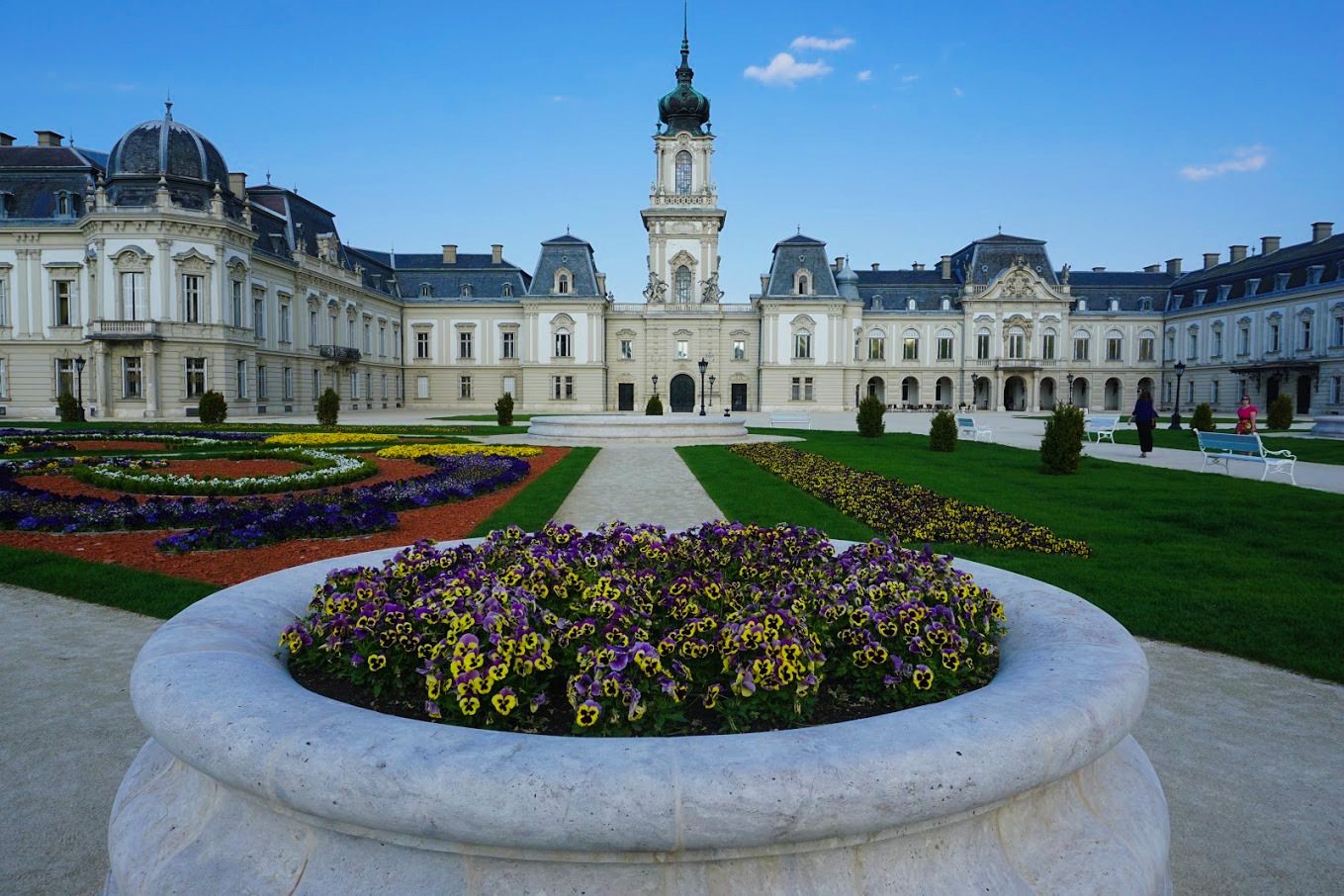
Pécs
Turkish ruins and ancient artistic treasures are just some of the reasons to visit this charming city. Set at the foot of the Mecsek mountains, Pécs is a world away from the bustle of Budapest. Previously settled in by the Romans and later the Turks, there is no city in Hungary which has a greater Mediterranean feel about it. A reminder of Pécs past can be seen at the Mosque of Pasha Qasim, a green copper-domed relic, that has since been converted into a Catholic church. Close by is Pécs Cathedral and Csontváry Museum which houses works from the 19th-century symbolist painter, Tivadar Csontváry Kosztka. History buffs can dive deeper into Pécs past at the UNESCO World Heritage Site of the Necropolis of Sopianae — the largest Christian burial chamber outside of Italy. Be sure to wander through the Zsolnay quarter, a maze of colourful promenades and greenery inspired by the Zsolnay ceramics factory, founded in 1853.
Pécs is about three hours southwest of Budapest via train from either the Keleti or Kelenföld railway stations.
Royal Palace of Gödöllő
If you get giddy at the thought of a royal wedding or regal baby, this might just be your perfect day trip. A mere 30 minutes from Budapest city, set in the lush Hungarian countryside, stands the royal Palace of Gödöllő. Hungary’s biggest baroque mansion was gifted to Emperor Franz Joseph in the 1870s and it soon became a popular spot for his wife, Austrian Empress and Hungarian Queen, Elisabeth. Wander through the palace’s stately rooms and hidden passages, before meandering the manor’s meticulously manicured gardens. Many tours combine the palace with a visit to a traditional Hungarian farm where you can sit back and enjoy a horse and carriage ride and an equestrian show.
Gödöllő can be easily reached from Budapest by train, bus, or car. If you’re opting out of a tour, I’d recommend taking the suburban train (HÉV), which leaves from Örs Vezér Tere.
Vienna
Who knew that Vienna and Budapest – two of Europe’s most beautiful capitals – were just a short train ride apart? Sure, ideally you’d take a week to explore Vienna’s sight, but rise early and you’ll have plenty of time to explore the city in a day. Start with breakfast at a traditional coffee house, before making your way to Schönbrunn Palace, just a 15-minute bus ride (take the 10A) from Vienna. Built to rival the opulence of Versailles, the Palace is one of the most important cultural and historic monuments in Austria. Forty of the palace’s 1,440 rooms are open to the public and only accessible as part of a tour.
Combine your visit with one of the palace’s classical concerts and take some time to explore the vast gardens. Back in Vienna, Stephansplatz Square, named after one of the city’s most prominent buildings, buzzes with street performers, horse-drawn carriages, shoppers, sightseers and coffee connoisseurs seeking the perfect brew. Head to Naschmarkt for lunch, where you’ll find stalls serving up delicious and traditional foods. The Art History Museum, Hofburg Palace and The Vienna State Opera all contribute to the city’s charm.
The fastest and easiest way to travel from Budapest to Vienna is by train. There are direct connections between Budapest Keleti and Wien Hauptbahnhof stations during the hours of 6.40am and 8.40pm.
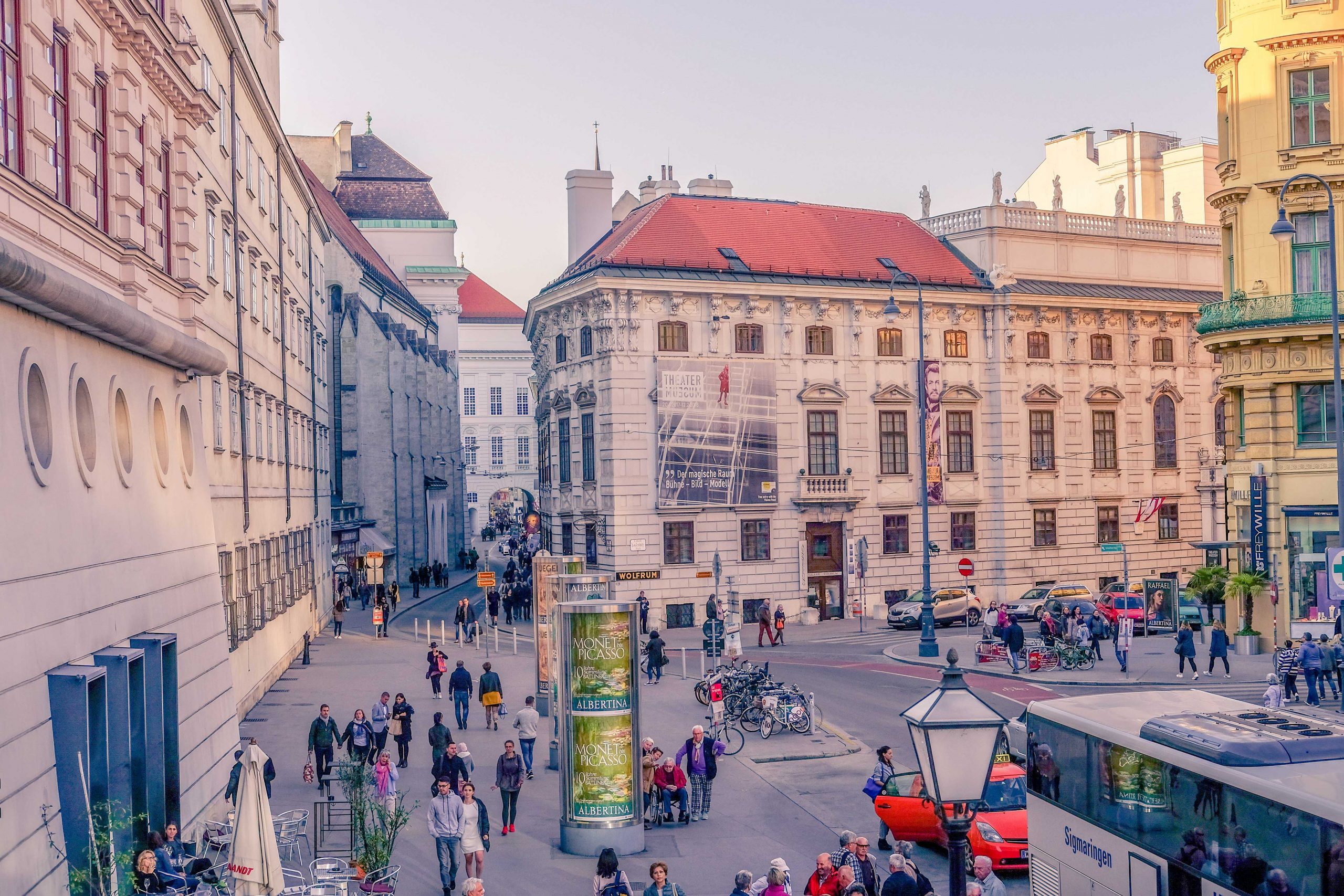
Bratislava
The neighbouring country of Slovakia, and its capital city, Bratislava, are often forgotten in favour of some of Europe’s other big players. Yet, Bratislava’s small and compact size, coupled with its wealth of attractions, make it an excellent add on to your Budapest break. You could while away your entire day wandering through the cobbled streets of Bratislava’s Old Town, stopping along the way at the churches, monuments, shops, and cafés that catch your fancy. Keep your eyes peeled for must-see sights including the Primatial Palace, the Main Square, the National Theater, St. Michael’s Tower and St. Martin’s Cathedral. Towering over Old Town, Bratislava Castle serves up some spectacular views. It might not be the most opulent castle in Europe, but it’s certainly worth a visit. Located just outside the city, and built to honour the Slovak national uprising, the SNP bridge is perhaps one of Bratislava’s most recognisable landmarks. The flying saucer-shaped observation deck, designed as a symbol of optimism, is a prime spot for sundowners.
Trains run every two hours between Budapest and Bratislava, and the journey takes approximately 3 hours.


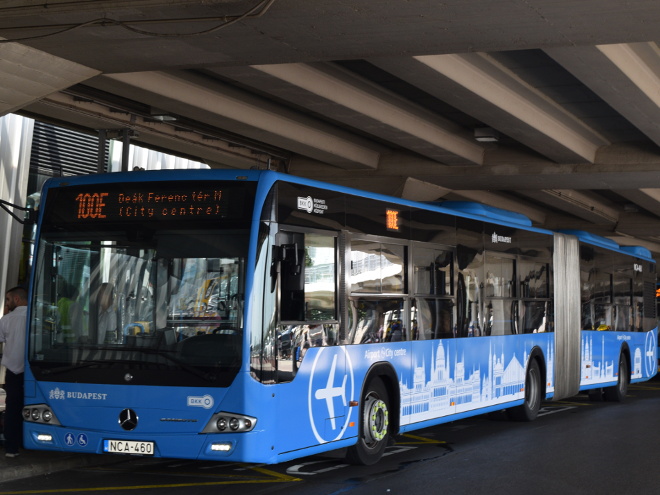
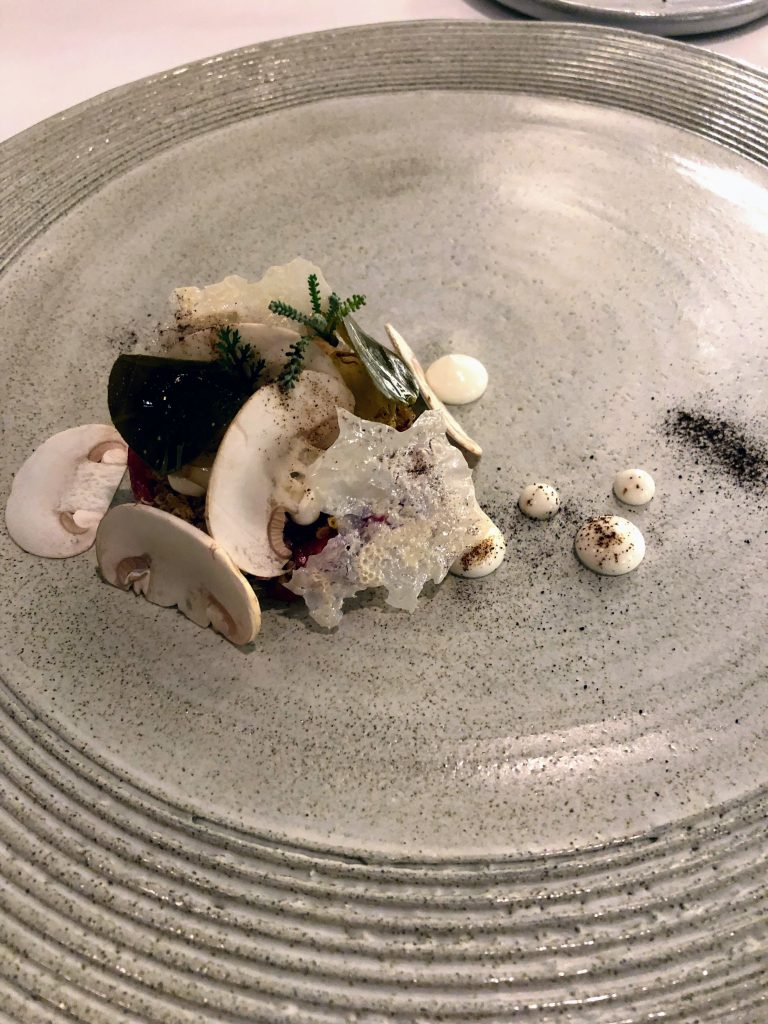
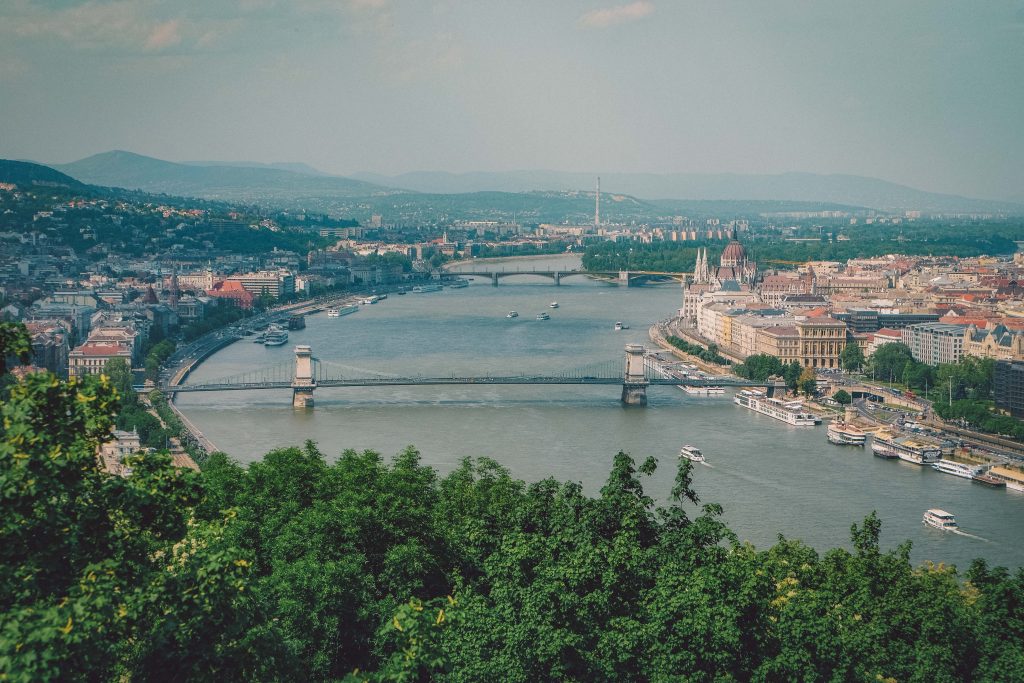

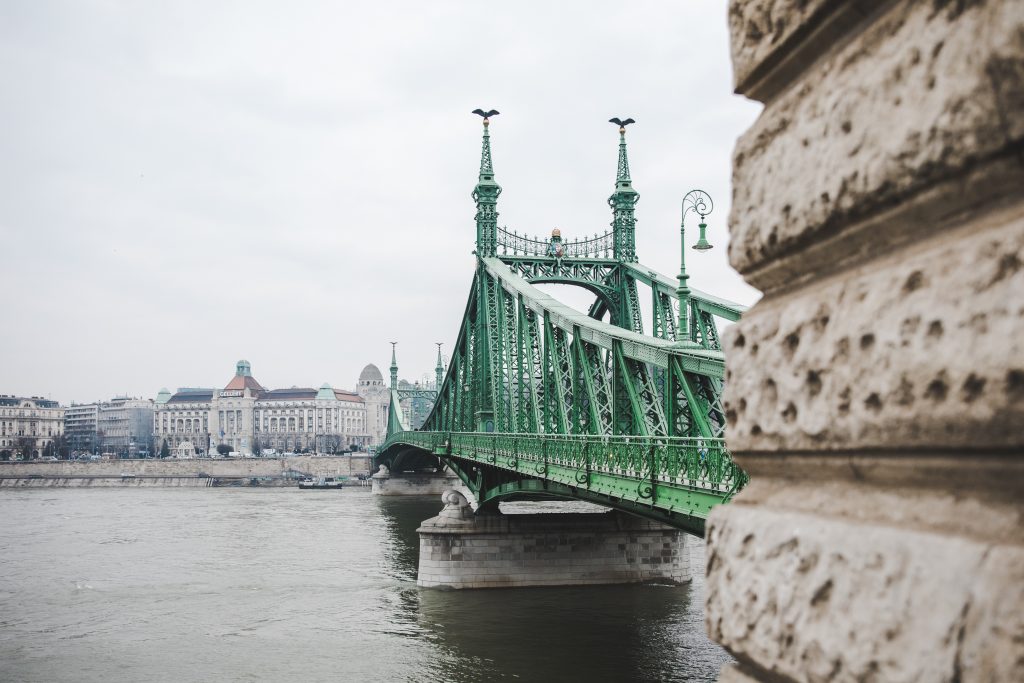


Leave a Reply